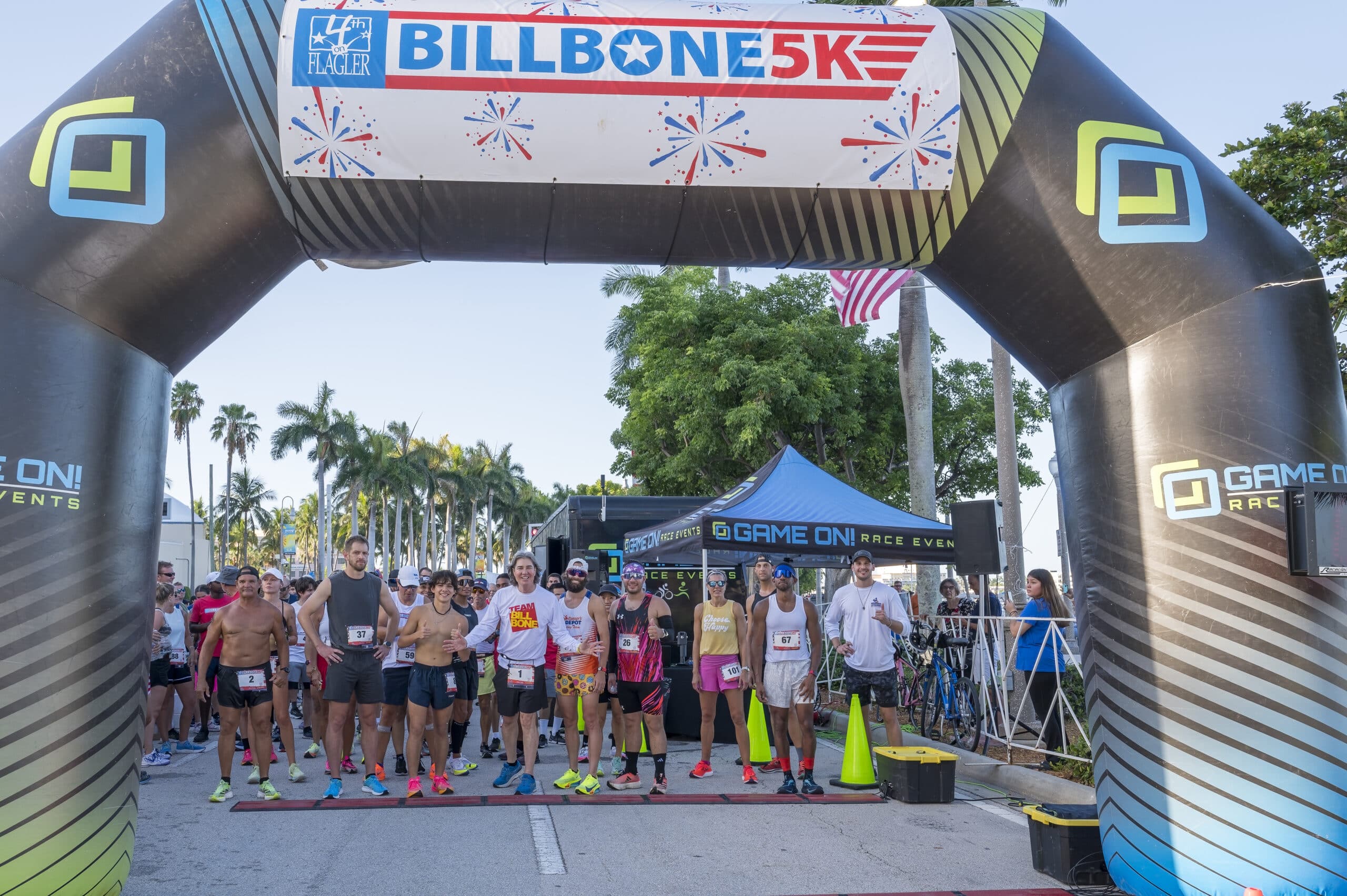Bill Bone Florida State ChampionshipS
Crit - Time Trial - Track
Bill Bone Florida State Championships

Choose Race Type
Criterium
A criterium (or “crit”) is a mass start, multi-lap cycling race contested on a closed circuittypically in cities. Laps are generally a half-mile to 1.5 miles long with 4-6 turns. Total race distance varies from 15 miles for beginners to 60 miles for professionals, with races graded from beginner (Category 5) to professional (Category 1). Races last between 25 minutes to a little under 2 hours. They end when the first rider or team crosses the finish line.
Crits are regarded as the fastest and most intense type of cycling race. Lots of turns are the defining characteristic of crits. Because they are held in urban areas, the atmosphere is frenetic and carnival-like as riders blast past the cityscape with music blaring and crowds cheering. Crits are known for their high intensity, fast pace, and unpredictable finishes. They’re manic and raucous, and that’s why they’re a favorite of both riders and spectators.
West Palm Beach, FL 33413 United States
Time Trial
A time trial is simply a race against the clock over a fixed distance. Riders race individually, starting at specified intervals (typically, one minute or more). The rider with the fastest time for the distance wins. It’s a test of a rider’s skills, a pure all-out individual challenge that tests the rider’s stamina and speed without any help from anyone else. In fact, cooperative techniques used by two or more riders in other types of cycling competitions are prohibited in individual time trials (for example, drafting is off limits). Competitors ride alone and widely separated from one another. It’s often referred to as the “the race of truth” or “race against the watch.”
Time trials are an ideal introduction to competitive cycling because it’s just you, your bike, and the stopwatch. Because of that, it’s the simplest form of competitive racing. Regardless of your age or fitness level, you can race in a time trial. Unlike in a road race where if you fall off the pack your race is over, you’re never out of it in a time trial—you can achieve your personal best regardless of how many riders pass you.
Races can be organized over any distance, but they are commonly run at 10, 25, 50, and 100-mile distances. There are different types of time trials. The main ones are the individual and team time trials. Races can also be part of a multi-day race like the Tour de France or a stand-alone, single-day event like the Bill Bone Florida State Time Trial Champion. At USA Cycling sanctioned races, riders are ranked by category, age, gender, or type of bike being used (aero or non-aero).
Once you’ve registered for a race, you’ll receive a start time. It’s important to carefully review all the details for the event because there may be rules in place that are specific to the event of which you wouldn’t be aware as a general matter, e.g., certain equipment prohibited. On the day of the race, you’ll sign in, take your number, check your bike, and warm up. It’s a good idea to review the course route; most major turns generally have arrows and ideally marshals, but it varies depending on the event.
If you’re passed by another rider, it’s polite (and technically required) to let them go—don’t attempt to latch on or to re-pass them. When you pass someone, ensure that you give them plenty of room. Always obey the time trial motto “heads up, accidents down” for your safety as well as that of your fellow racers.
There is no Event
Track
Track cycling takes place on purpose-built tracks called velodromes, which are oval-shaped tracks commonly made of smooth concrete or wooden boards and contain large banked sides(often up to 45 degrees at the ends) that enable riders to travel at high speeds. Cyclists ride counter-clockwise. Velodromes can be either indoor or outdoor, and they are generally 250 meters in circumference—although sizes vary from 150 meters to 500 meters. The shorter the track, the steeper the banking. Each velodrome is slightly different due to different bank angles, construction materials, and different construction processes.
Velodromes contain a set of four standard markings. The painted blue band (also called “Cote d’Azur”) between the center of the track and the actual track is not an official part of the track. It’s a warm-up area, and riding in this space during a race can result in disqualification. The black line 20 cm above the blue band is the black measurement line, which defines the length of the track and is the shortest route around the track. The red line 90 cm above the blue band is the sprinter’s line. The black and red lines create a sprinter’s lane that’s the optimum route around the track because riders are prohibited from passing on the inside so they must attempt to pass on the longer outside lane. The blue line a minimum 250 cm (or half the track width) above the blue band is the stayer’s line, which serves as a separation line in some types of races.
Track cycling events are divided into two broad categories—sprint events and endurance events. Sprint events involve short, explosive efforts. They are often very tactical, focusing on positioning. Sprint events include the individual sprint, team sprint, team pursuit, keirin, and time trials. Endurance events are longer and involve sustained hard efforts. They include the individual pursuit, elimination race, points race, scratch race, Madison, and Omnium.
Track races are extremely fast and are much shorter than the typical road race. Because of the high speeds and velodromes, track cycling is one of the most exciting and spectator friendly types of cycling races.
There is no Event
Bill Bone News
- All
- Bill Bone 5K
- News
- All
- Bill Bone 5K
- News
